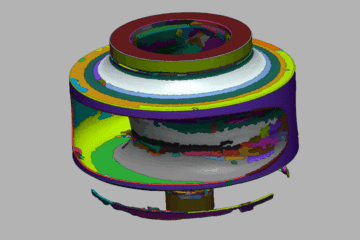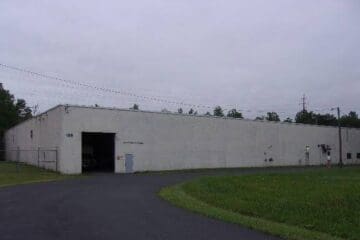Effort Foundry in Bath, PA, manufactures high-quality castings for military, nuclear, pump, valve, power-generation, and general industrial applications. For over 15 years, they have been ISO Certified and have NIAC and military certifications. Effort Foundry craftsmen pride themselves on service, quality, and on-time delivery.
Our products include castings for the valve, pump, nuclear, railroad, and other industries. Effort’s approximately 70 employees are not unionized. Since those early days, our casting abilities have grown to include items as small as one pound and as large as 2,000 pounds. We have also developed expertise with a wide range of materials, including Monel, Inconel®, and many others.
Effort makes the most of the sand casting process, using Phenolic Urethane binders for all sand molding and core making and our impeller core-specific cryogenic ceramic process. In addition, our 3D modeling software is a key part of our casting design. Through the skilled integration of customer designs and our own SOLIDWORKS®, ProCAST®, and simulation capabilities, we yield consistently higher dimensional quality and faster turnaround than our competitors. What’s more, our advanced no-bake approach employs molds with superior stability; this yields an industry-leading surface finish and tighter tolerances compared to other industry players. Together, these elements mean faster delivery, fewer rejects, and the assurance that an Effort casting will be the perfect fit for your application, every single time.
How Does Sand Casting Work?
Sand such as green sand or silica sand is tightly pressed into two match plates. A match plate has patterns on both sides, which makes the process faster and more precise than older methods. A master pattern design is created using a 3D machined tool and this tool is used to create the desired cast shape, leaving a negative imprint. These match plates create the two halves known as the cope and drag.
Once the sand hardens and the molds are ready, the cope and drag are removed from the match plate and sealed. They are then filled with liquid molten metal. Once the metal has appropriately cooled, the casts are broken out of the mold and additional machining, coatings, or testing can now be done.


